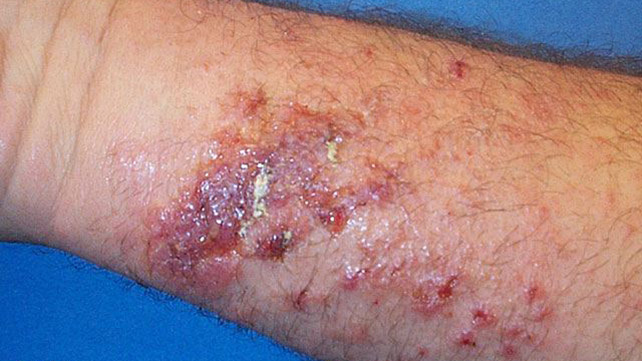- Joined
- Dec 31, 2017
- Messages
- 3,131
Here's how to tell the difference...
http://www.askaprepper.com/how-to-t...-healing-queen-annes-lace-and-deadly-hemlock/
Exxcerpt: "The edible and healing Queen Anne’s Lace is a member of the same family as the poisonous Hemlock and the plants look similar. You should always be sure of your identification before using a plant, but in this case the stakes are very high. We will go through the differences here to help you identify both plants."
http://www.askaprepper.com/how-to-t...-healing-queen-annes-lace-and-deadly-hemlock/
Exxcerpt: "The edible and healing Queen Anne’s Lace is a member of the same family as the poisonous Hemlock and the plants look similar. You should always be sure of your identification before using a plant, but in this case the stakes are very high. We will go through the differences here to help you identify both plants."




